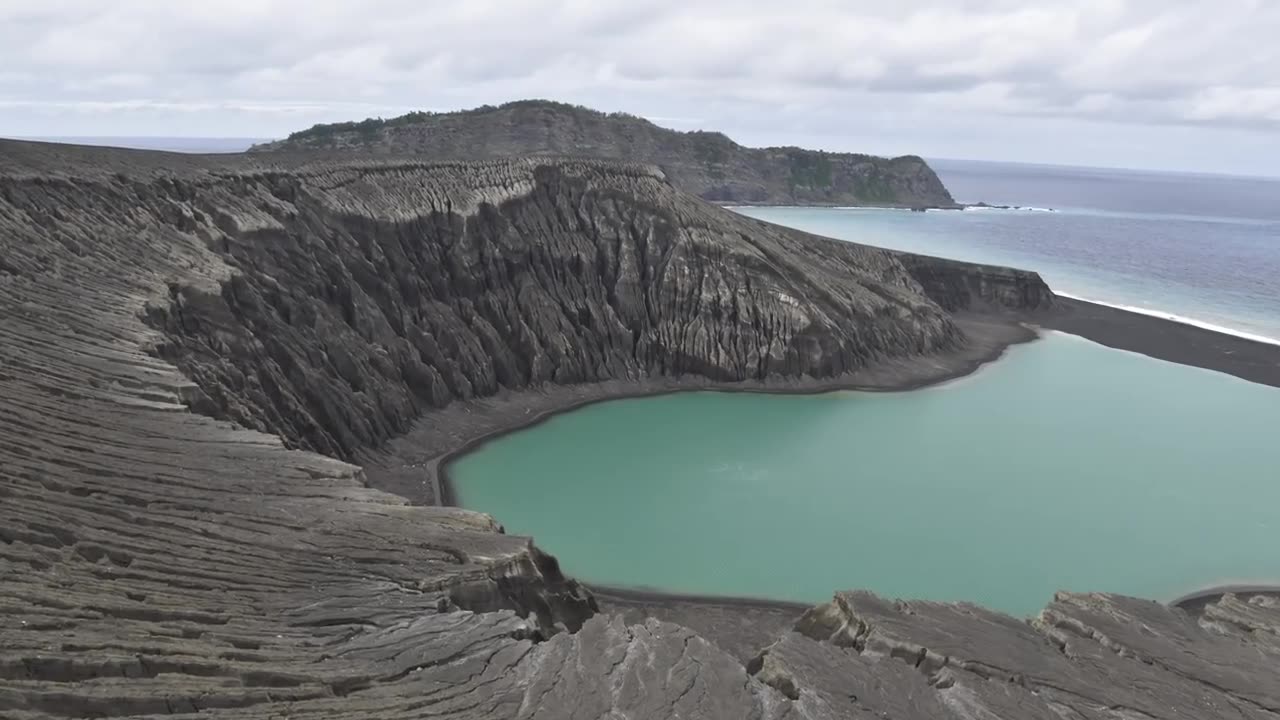Premium Only Content

The birth of new island- volcanic island formation
The birth of a new island is a rare and fascinating geological event. It typically occurs as a result of volcanic activity, where molten rock (magma) rises from within the Earth's mantle and erupts through the ocean floor. As the magma cools and solidifies, it builds up over time, eventually forming a new landmass.
This process is known as volcanic island formation. Initially, the new island might appear as a volcanic cone or a series of vents spewing lava and gases. Over time, as eruptions continue, the island can grow in size and elevation. As the volcanic activity subsides, the island's surface cools and solidifies, allowing vegetation and life to gradually colonize the area.
The birth of a new island can have significant ecological impacts, as it creates a unique environment for plant and animal colonization. Researchers often study these events to better understand the processes of island formation and evolution. One notable example is the island of Surtsey, off the coast of Iceland, which emerged from the sea in 1963 due to an underwater volcanic eruption.
-
 DVR
DVR
Bannons War Room
1 year agoWarRoom Live
101M -
 5:42:36
5:42:36
FreshandFit
15 hours agoLive X Censorship For Opposing Immigration?!
131K94 -
 1:08:16
1:08:16
Tactical Advisor
11 hours agoNEW Budget Glocks | Vault Room Live Stream 011
70.7K6 -
 16:30
16:30
SNEAKO
18 hours agoNO FRIENDS IN THE INDUSTRY.
116K40 -
 6:19
6:19
BlackDiamondGunsandGear
1 day agoHow Fat Guys can Appendix Carry
80.6K10 -
 6:58
6:58
Gun Owners Of America
1 day ago2024 Was Huge For Gun Rights, Here's Our Top 10 Wins!
65.9K4 -
 15:50
15:50
Degenerate Jay
1 day ago $2.57 earnedJames Bond Is Being Ruined By Amazon? Make Him A Black Gay Woman?
49.4K12 -
 15:18
15:18
DeVory Darkins
1 day ago $20.94 earnedTrump Drops NIGHTMARE Warning on Joe Biden
64.4K106 -
 36:13
36:13
The Why Files
1 month agoAlien Implants Vol. 1: Devil’s Den UFO Encounter: What Was Found Inside Terry Lovelace?
86.6K41 -
 9:03
9:03
Alabama Arsenal
2 days ago $0.97 earnedAAC HUB 2K | Modern Features, Iconic Classic Looks
22.6K1